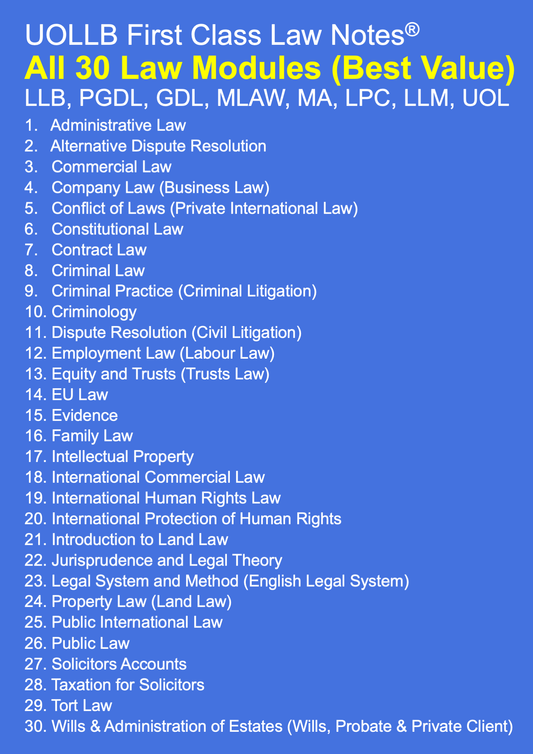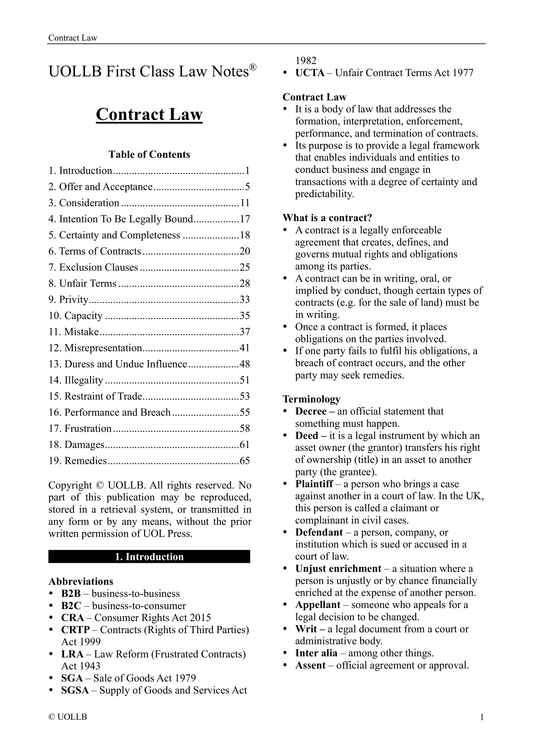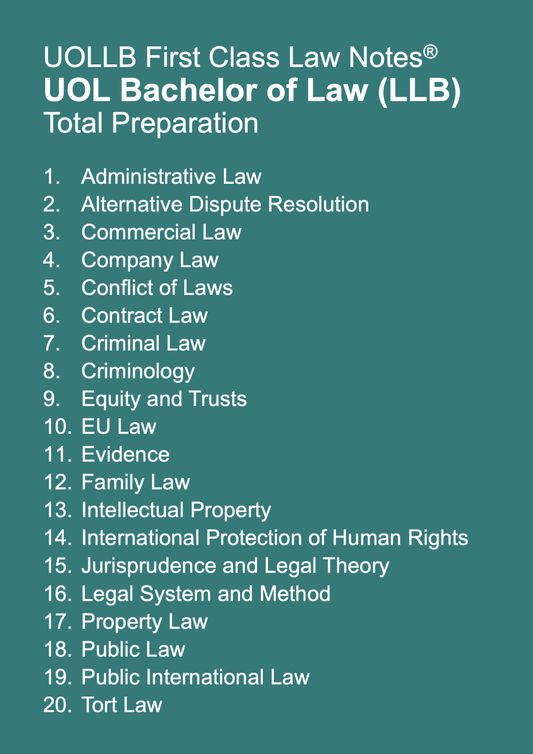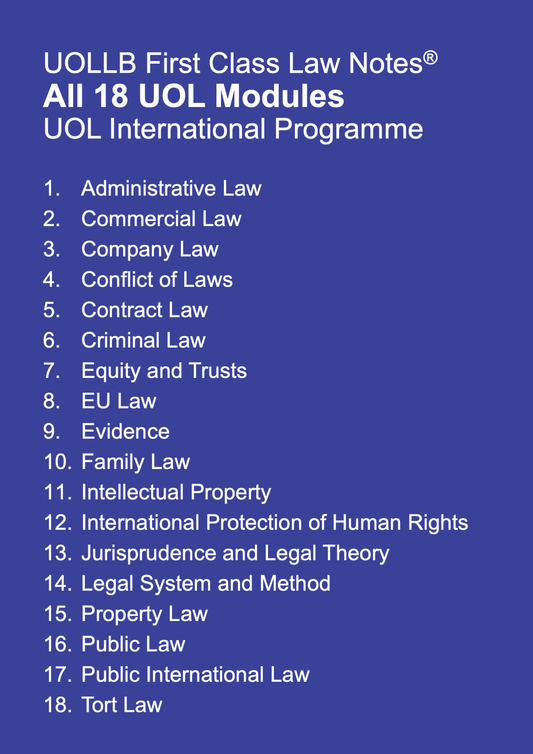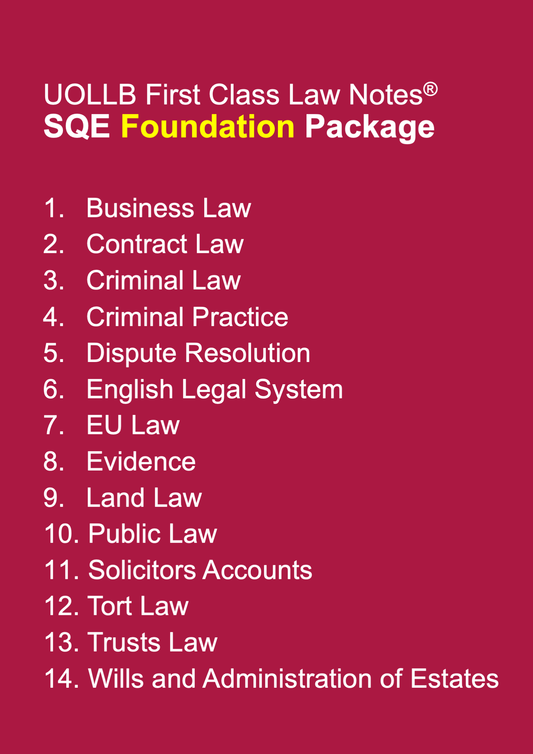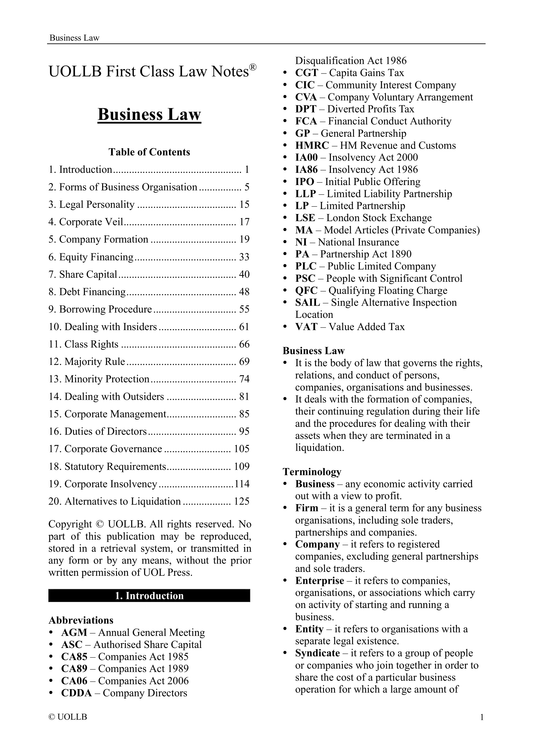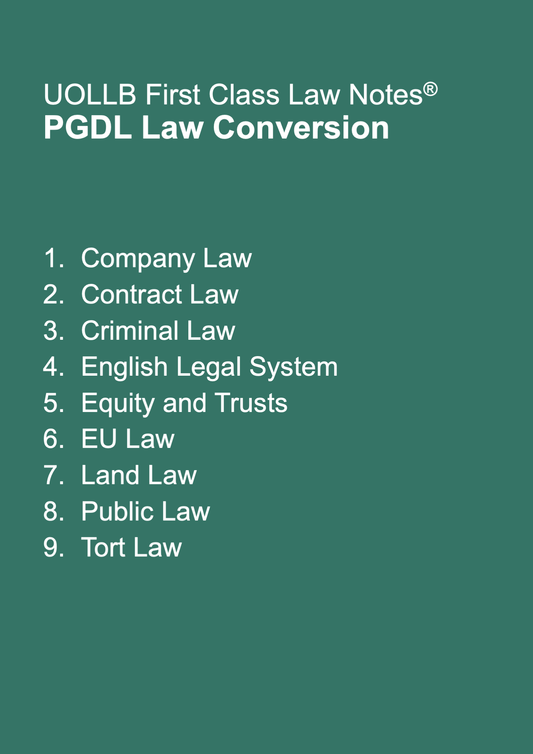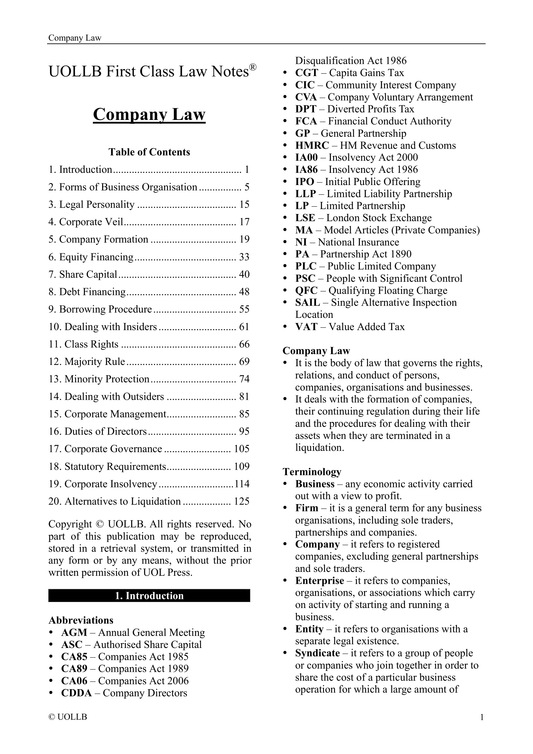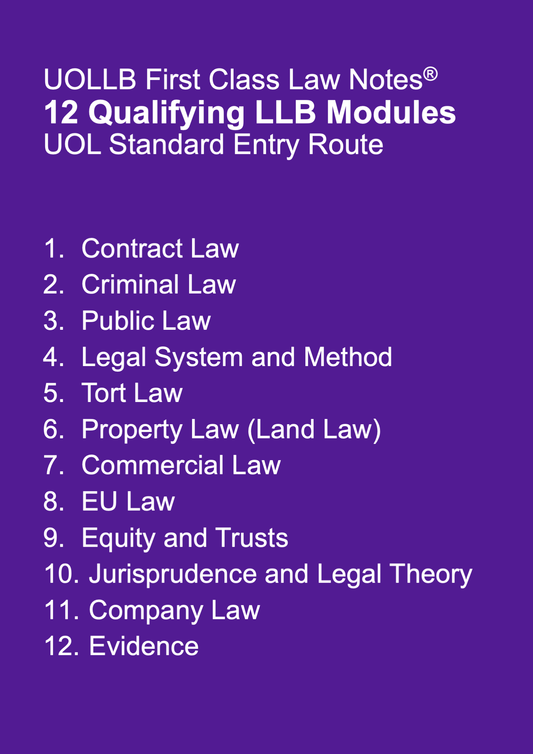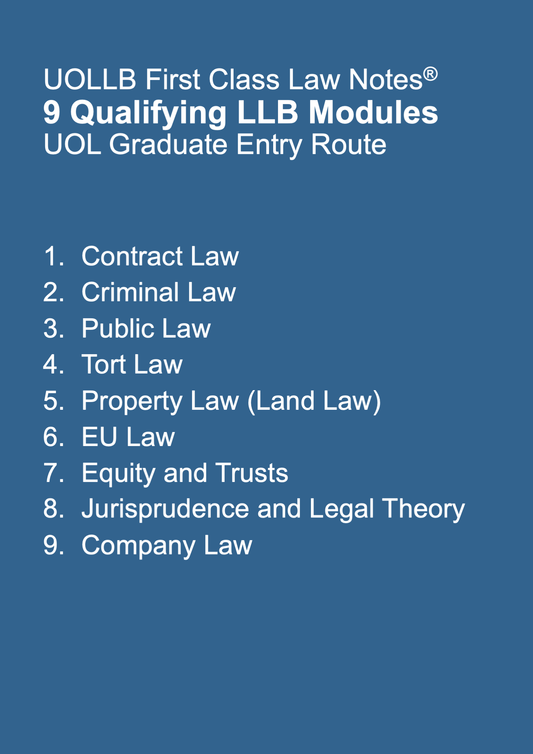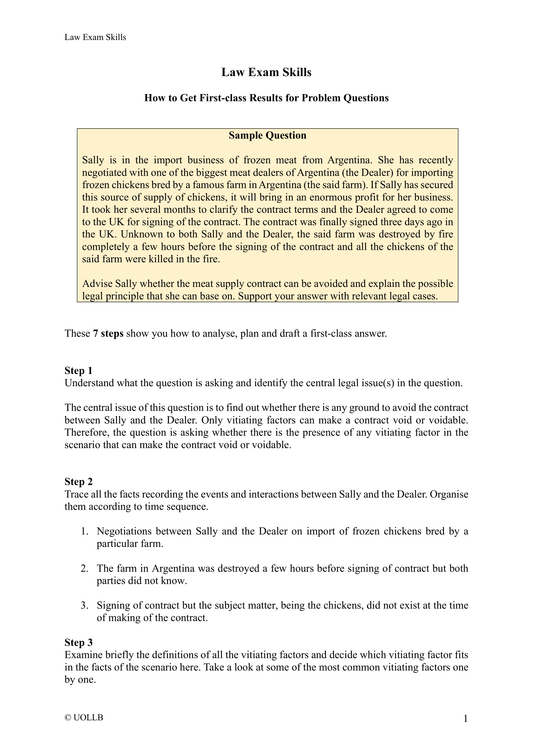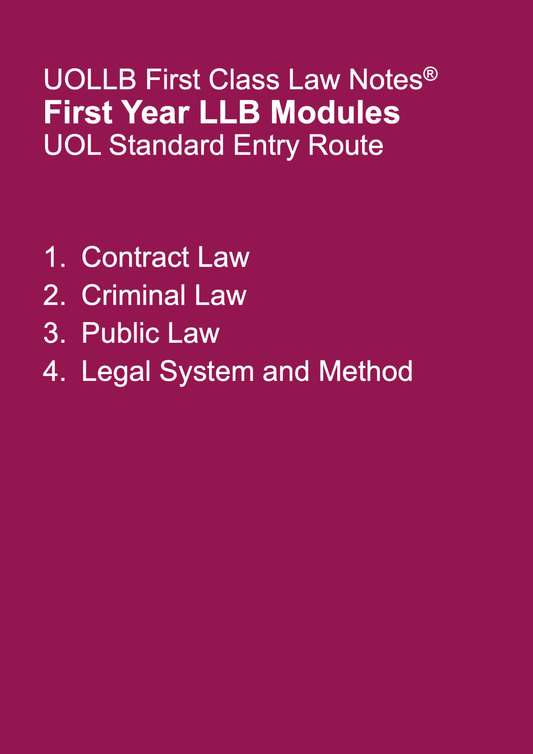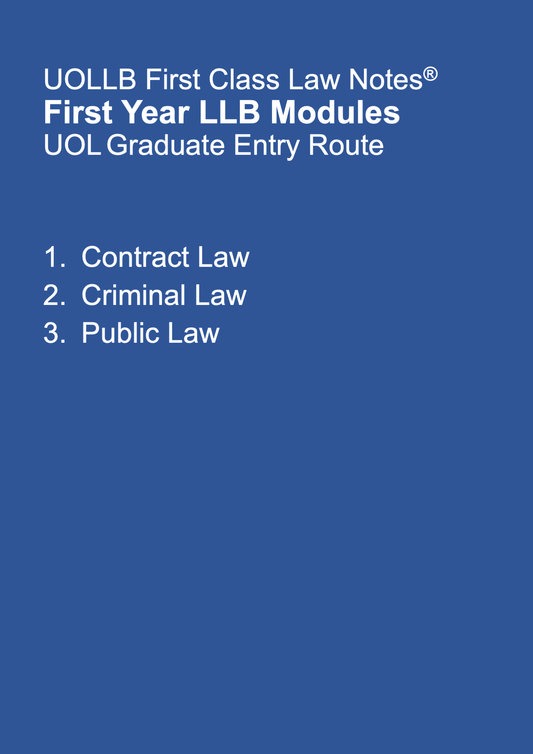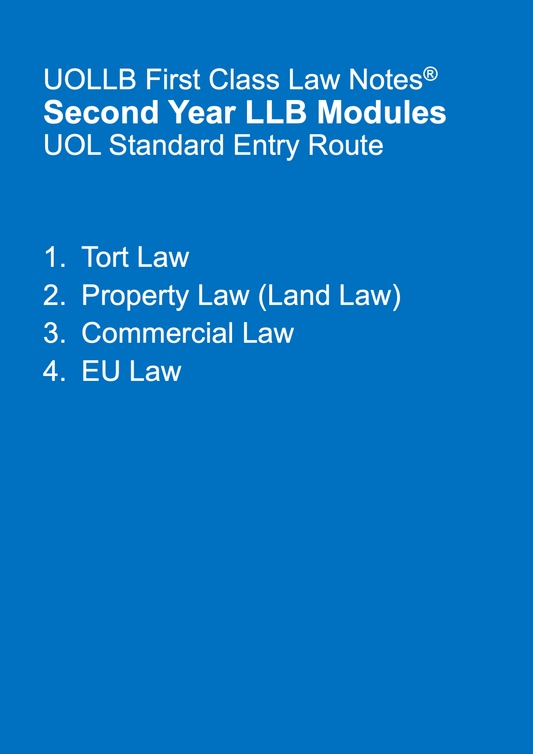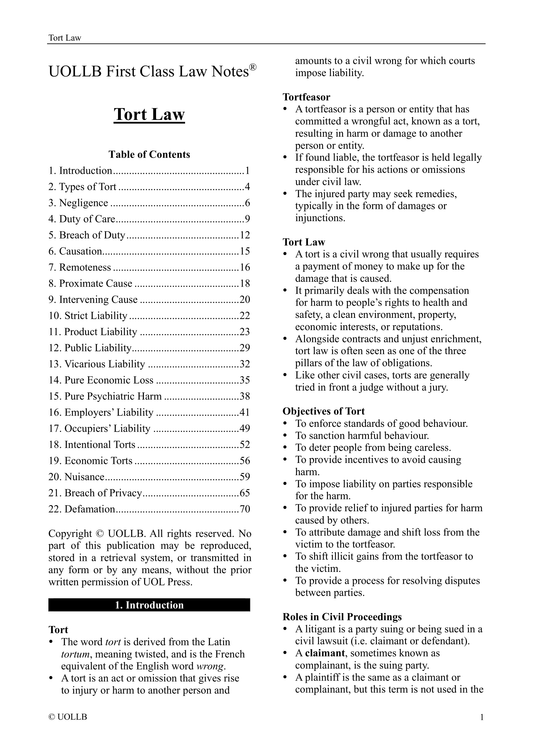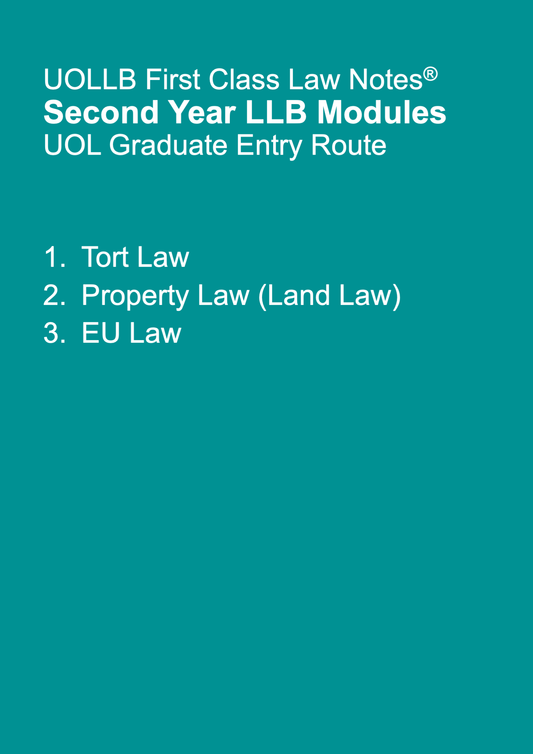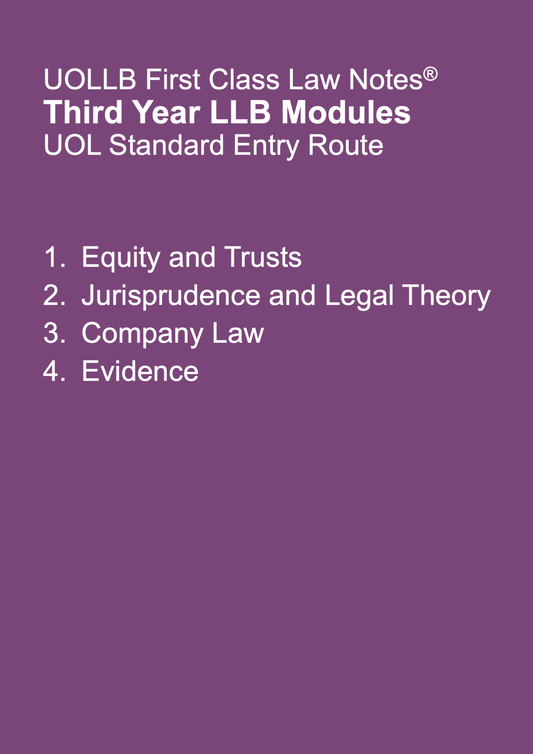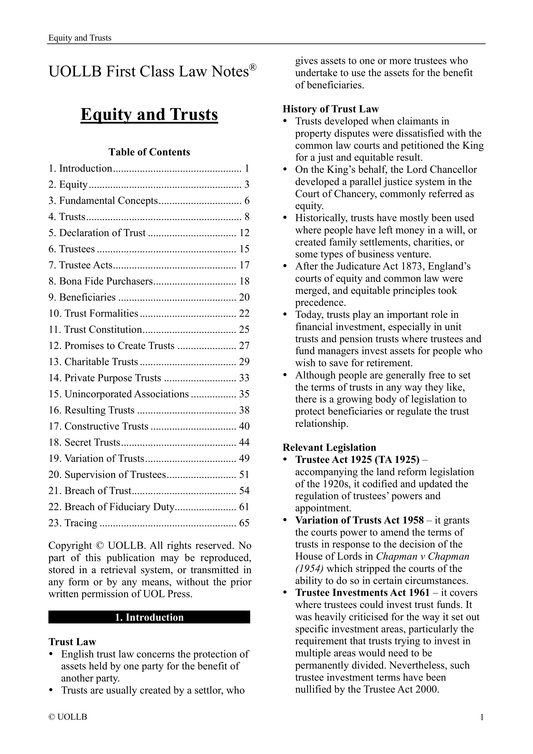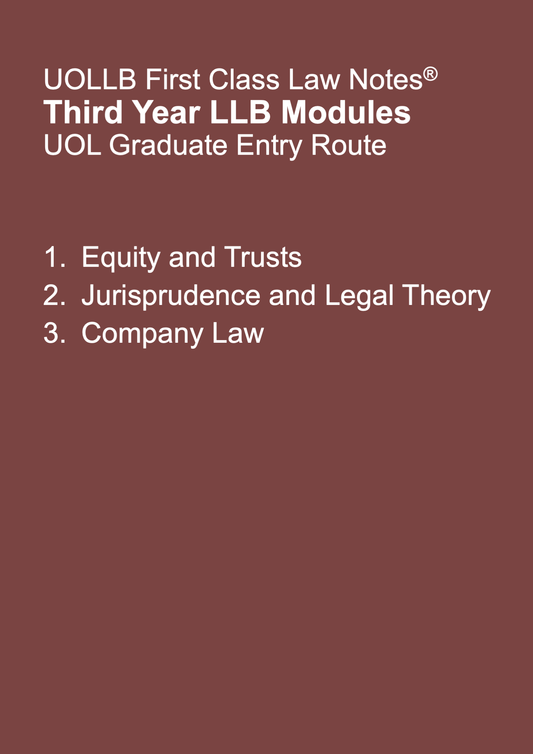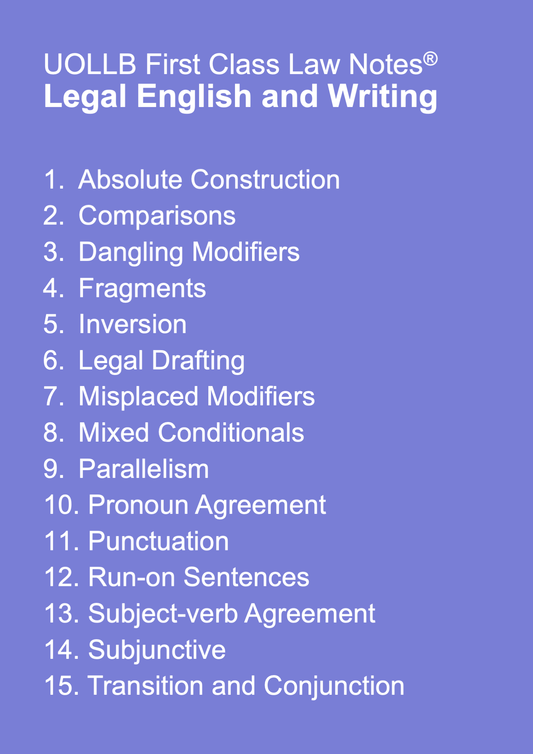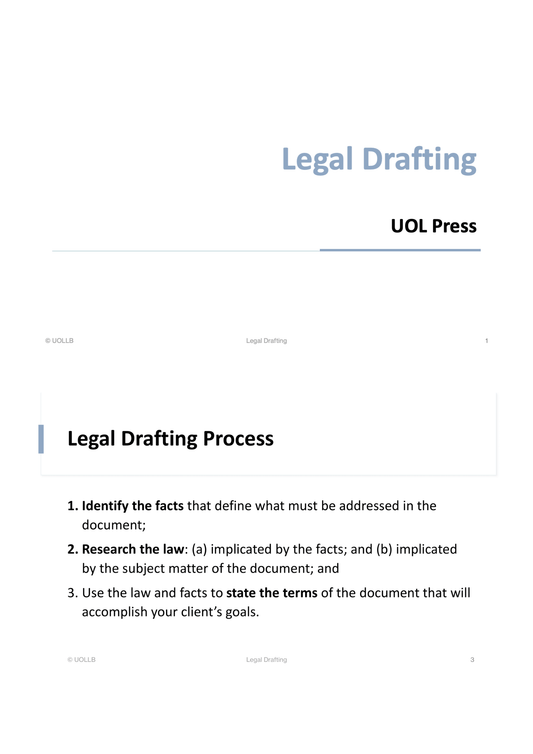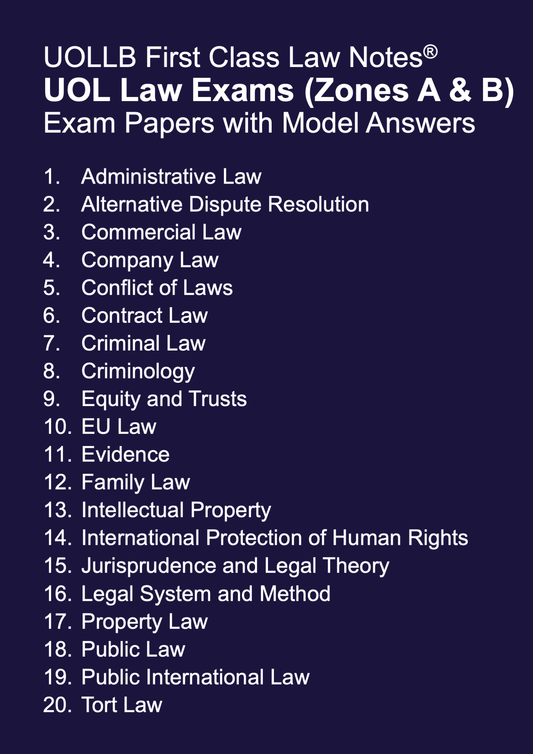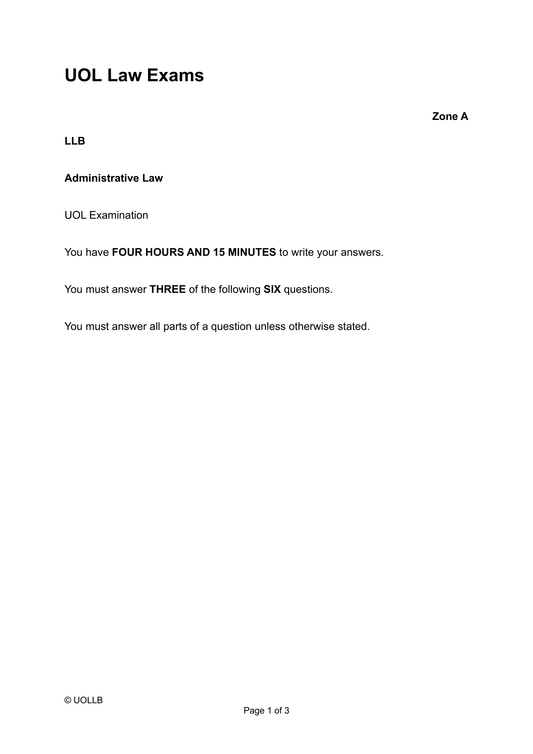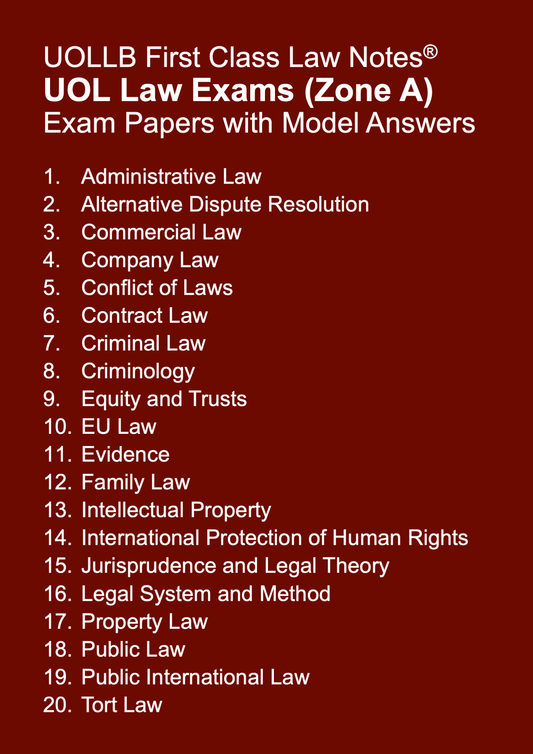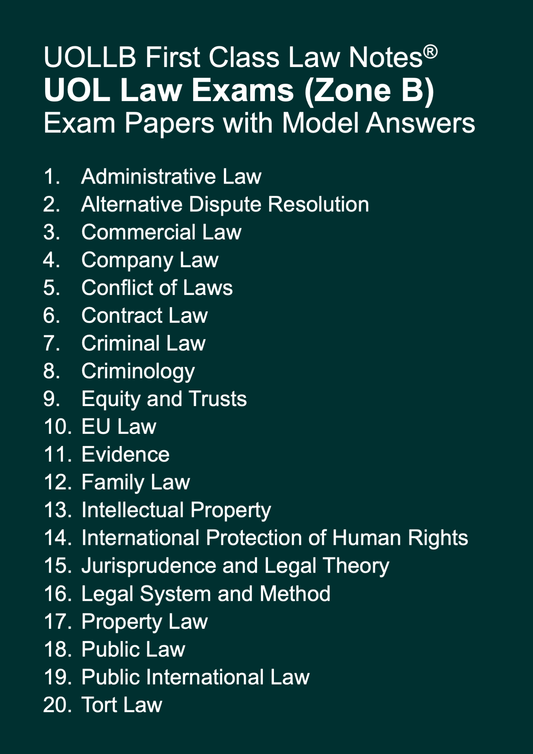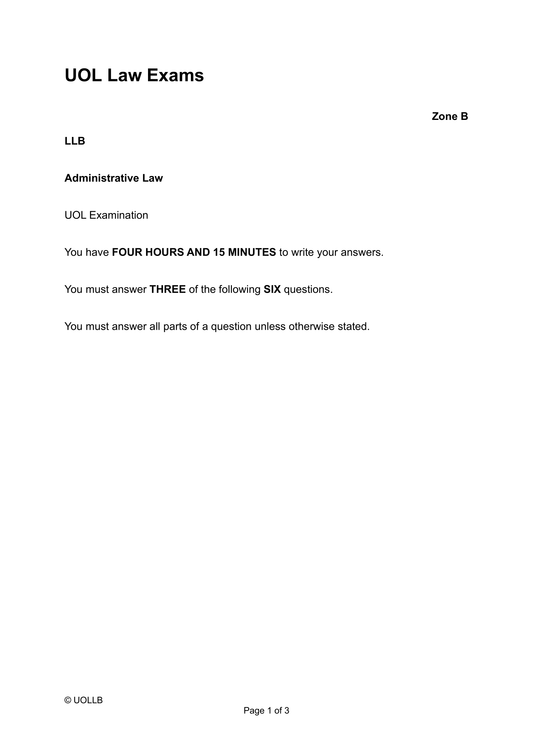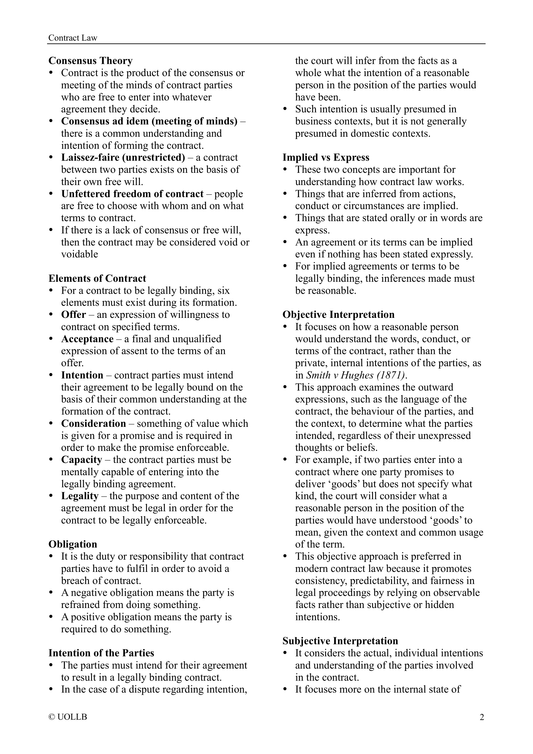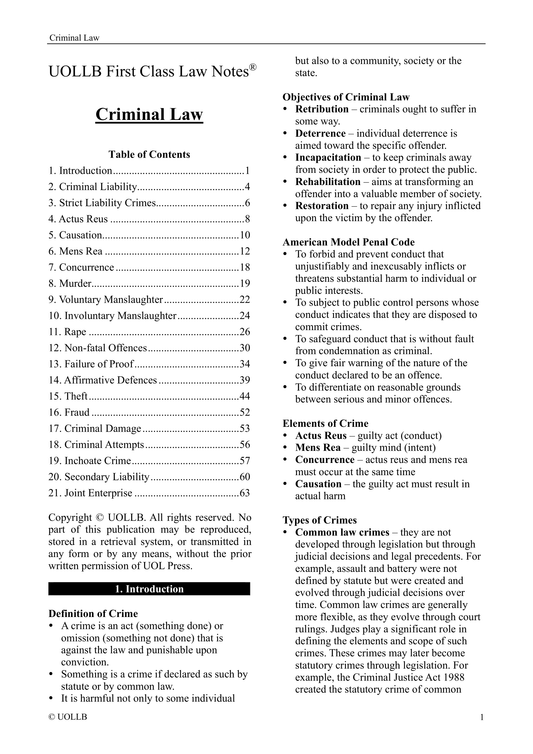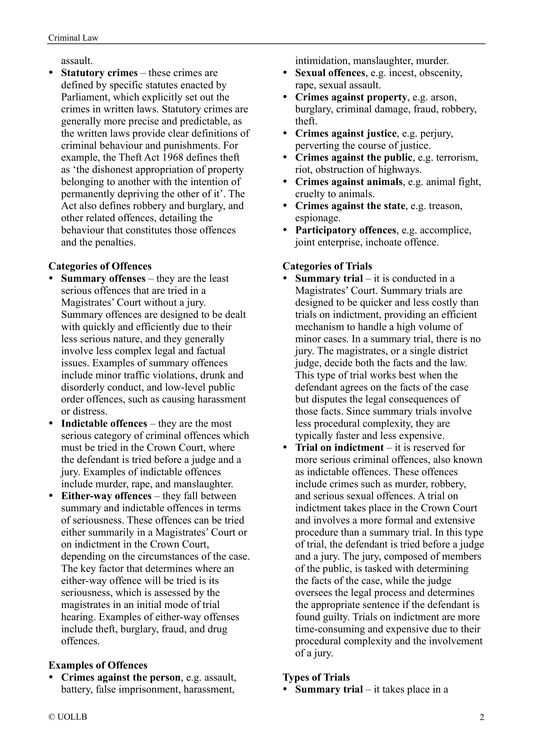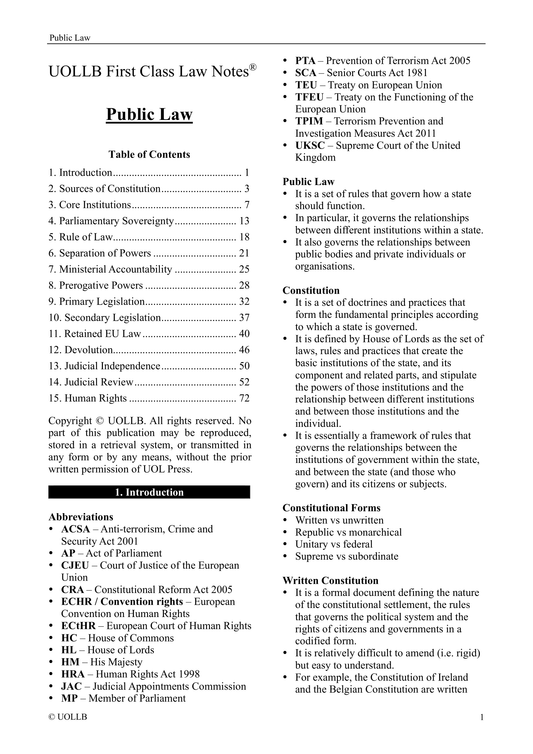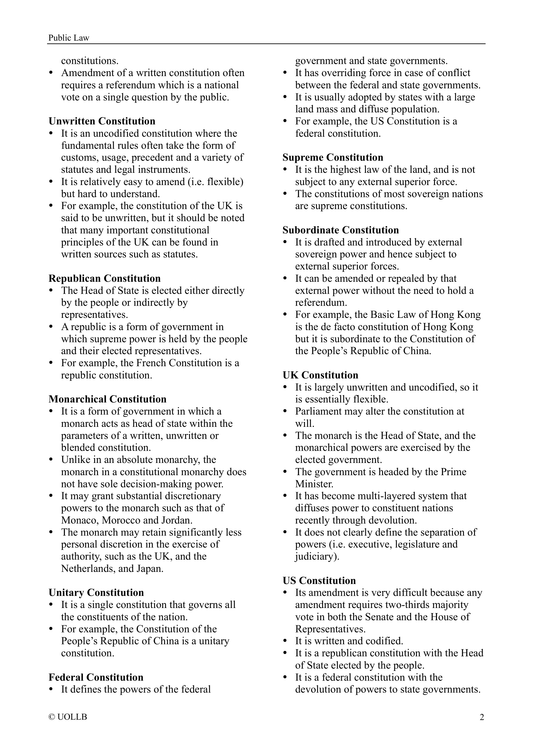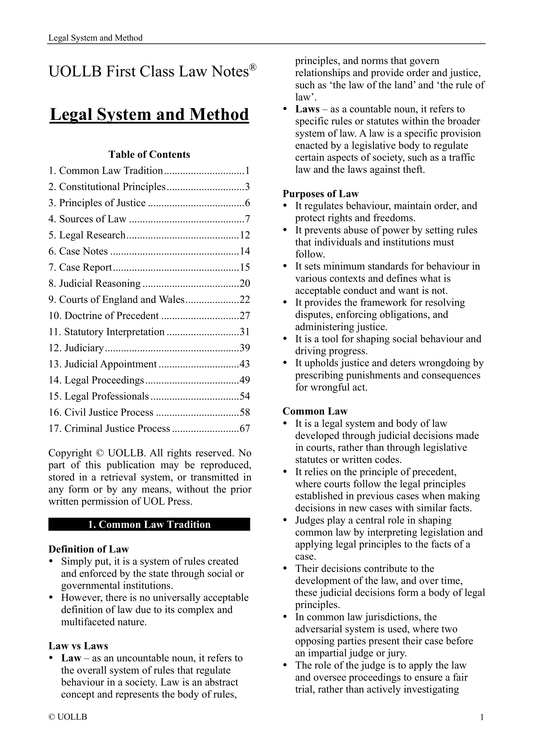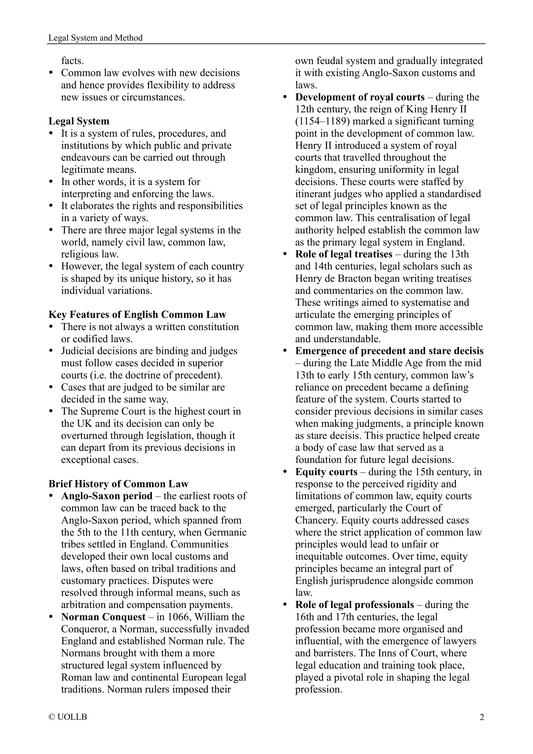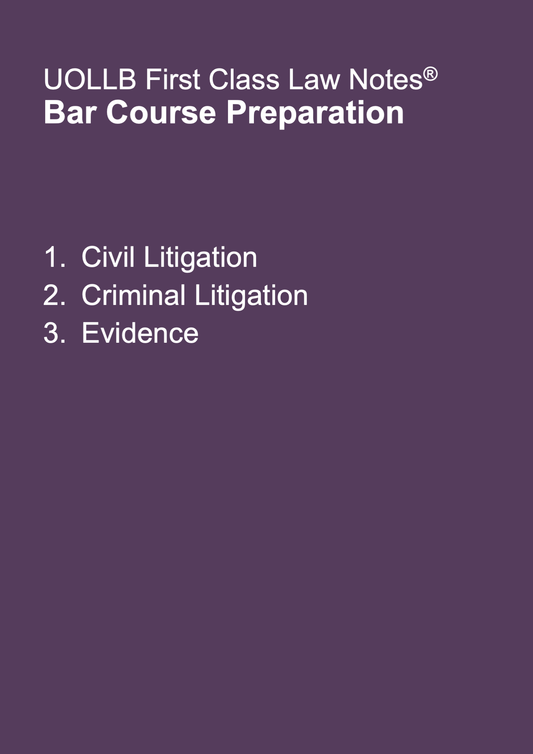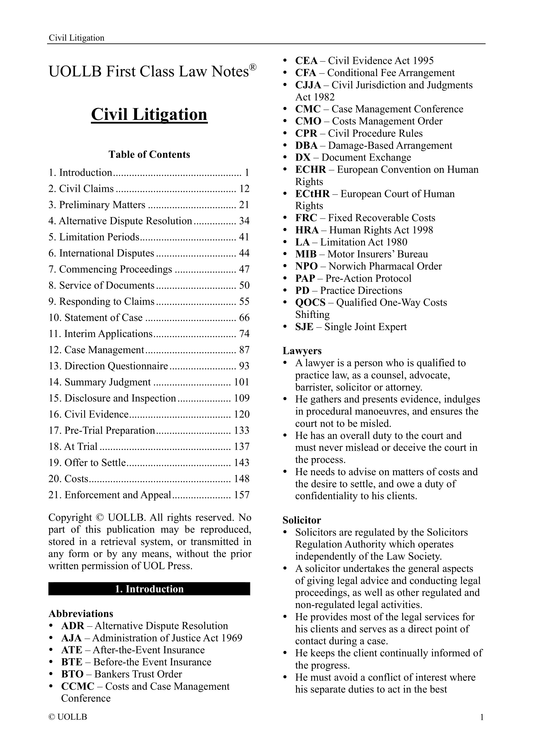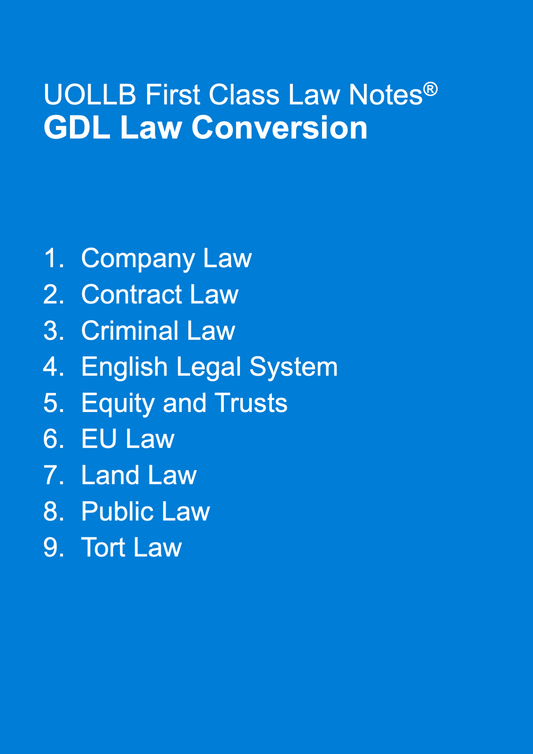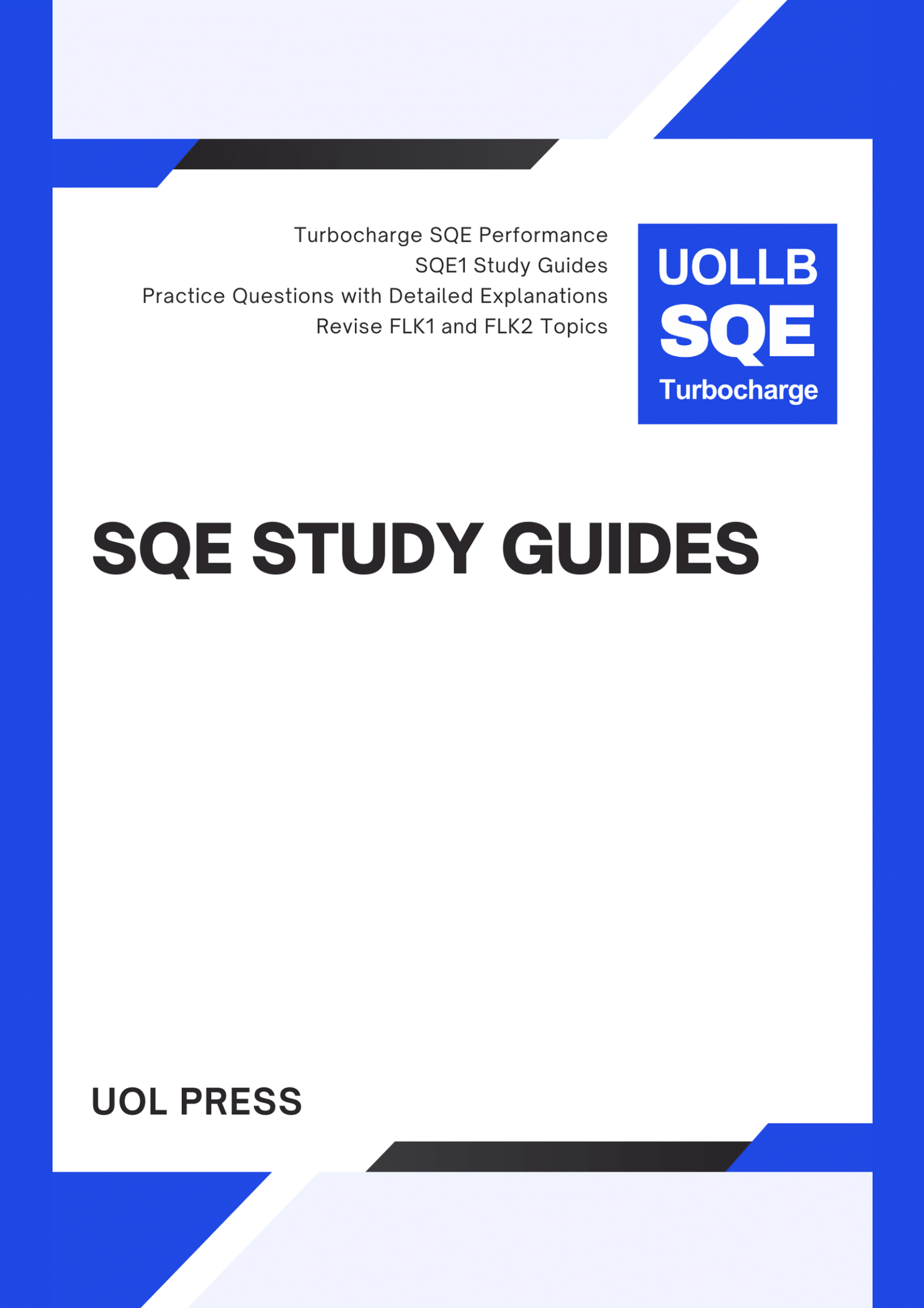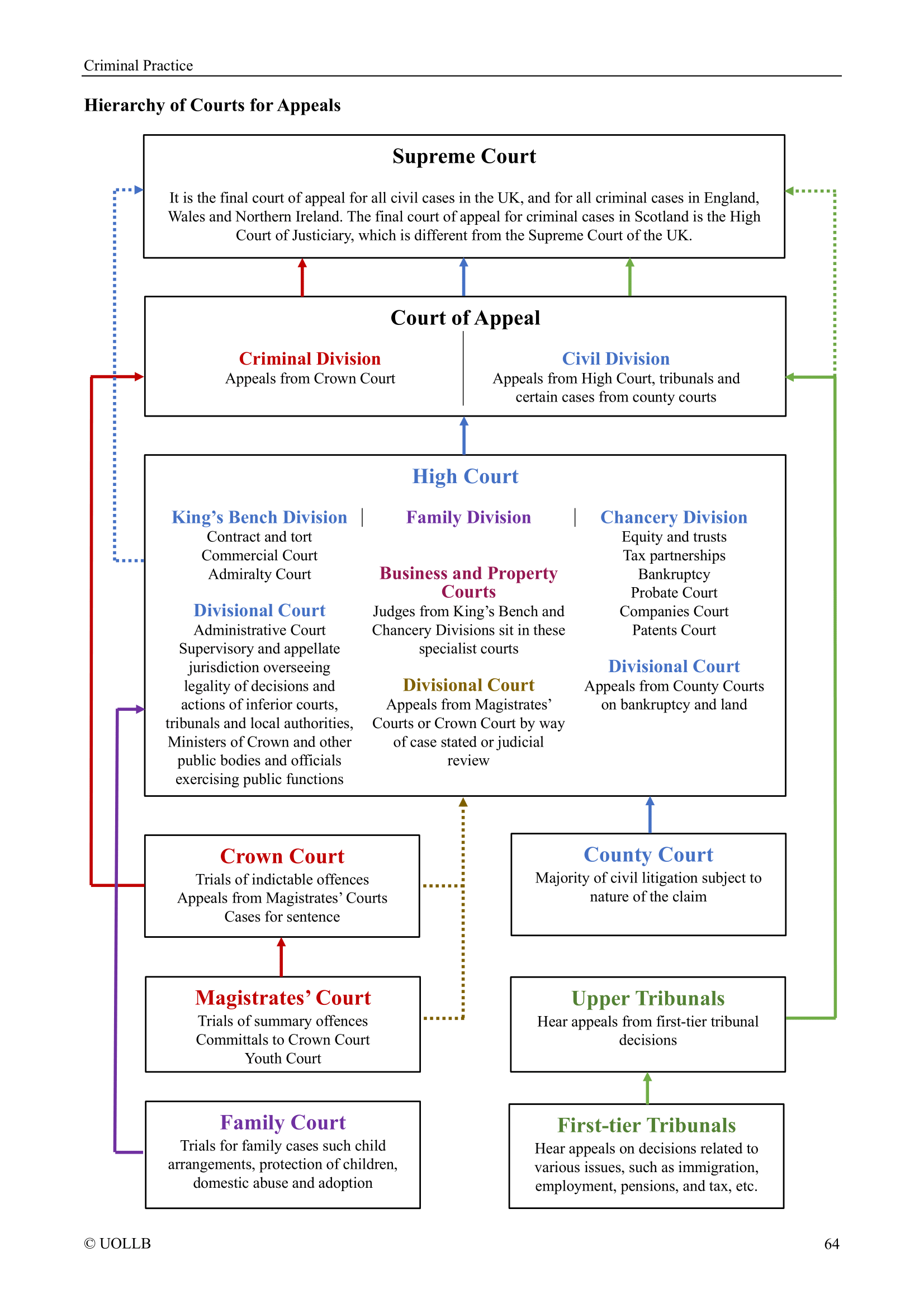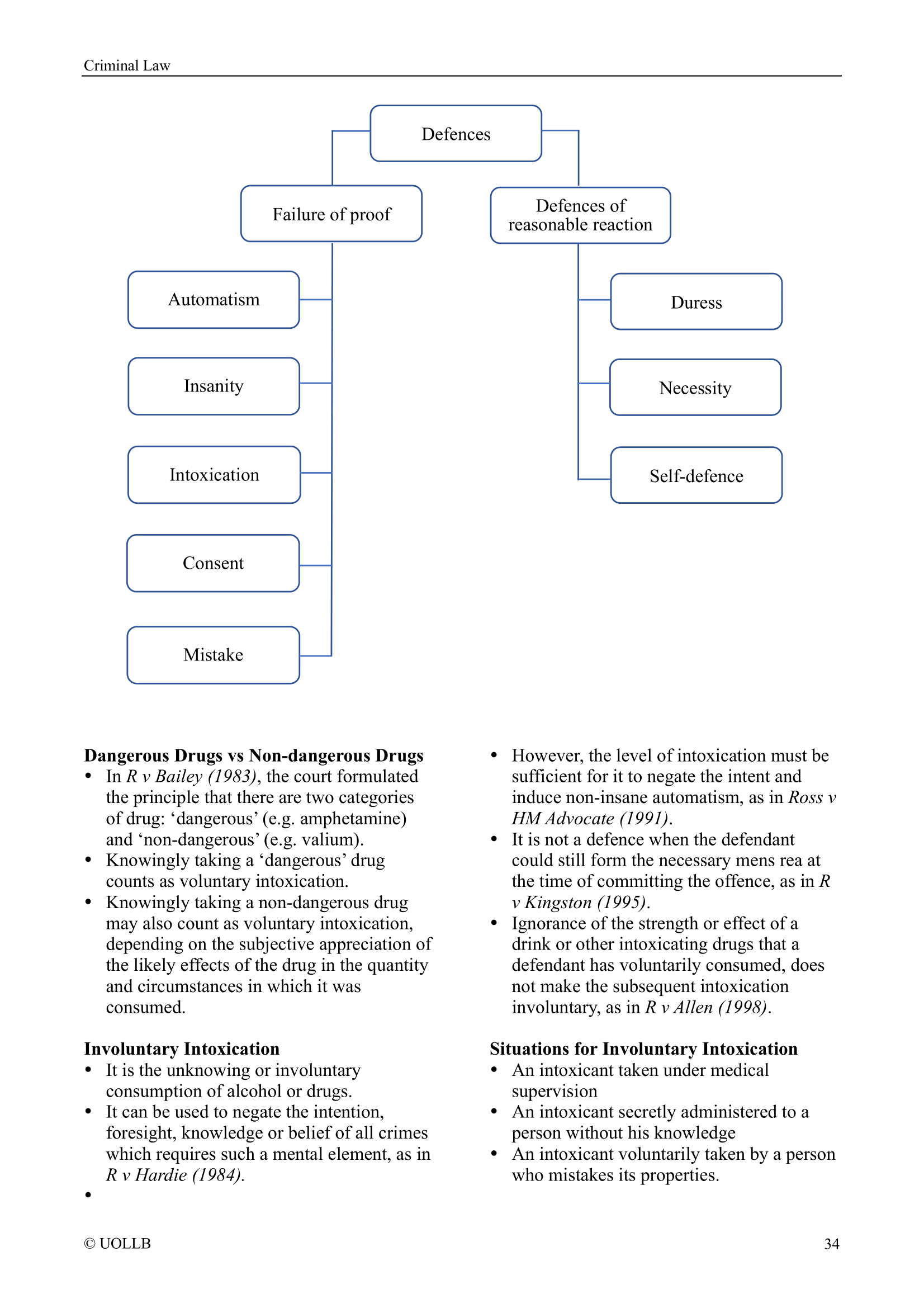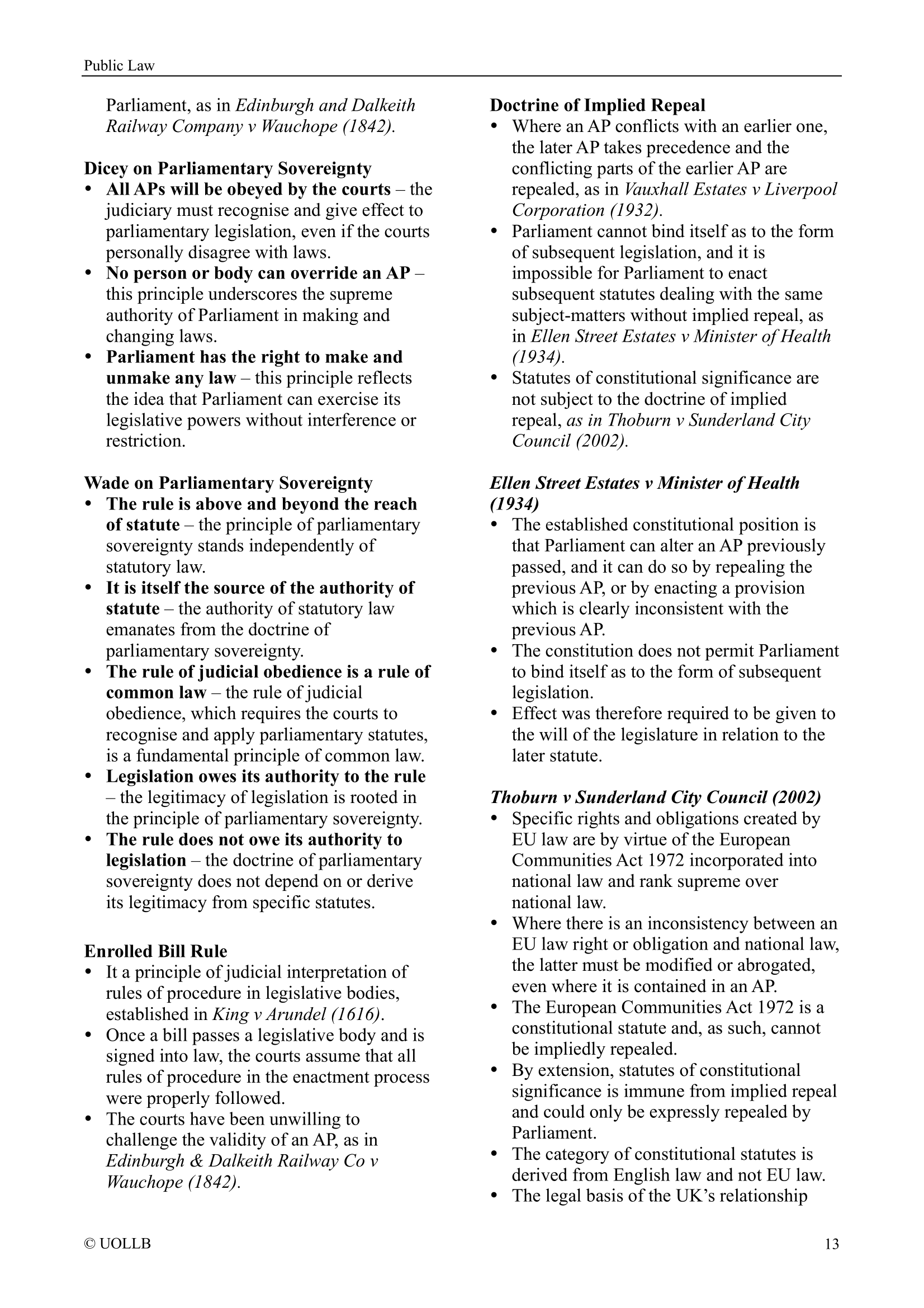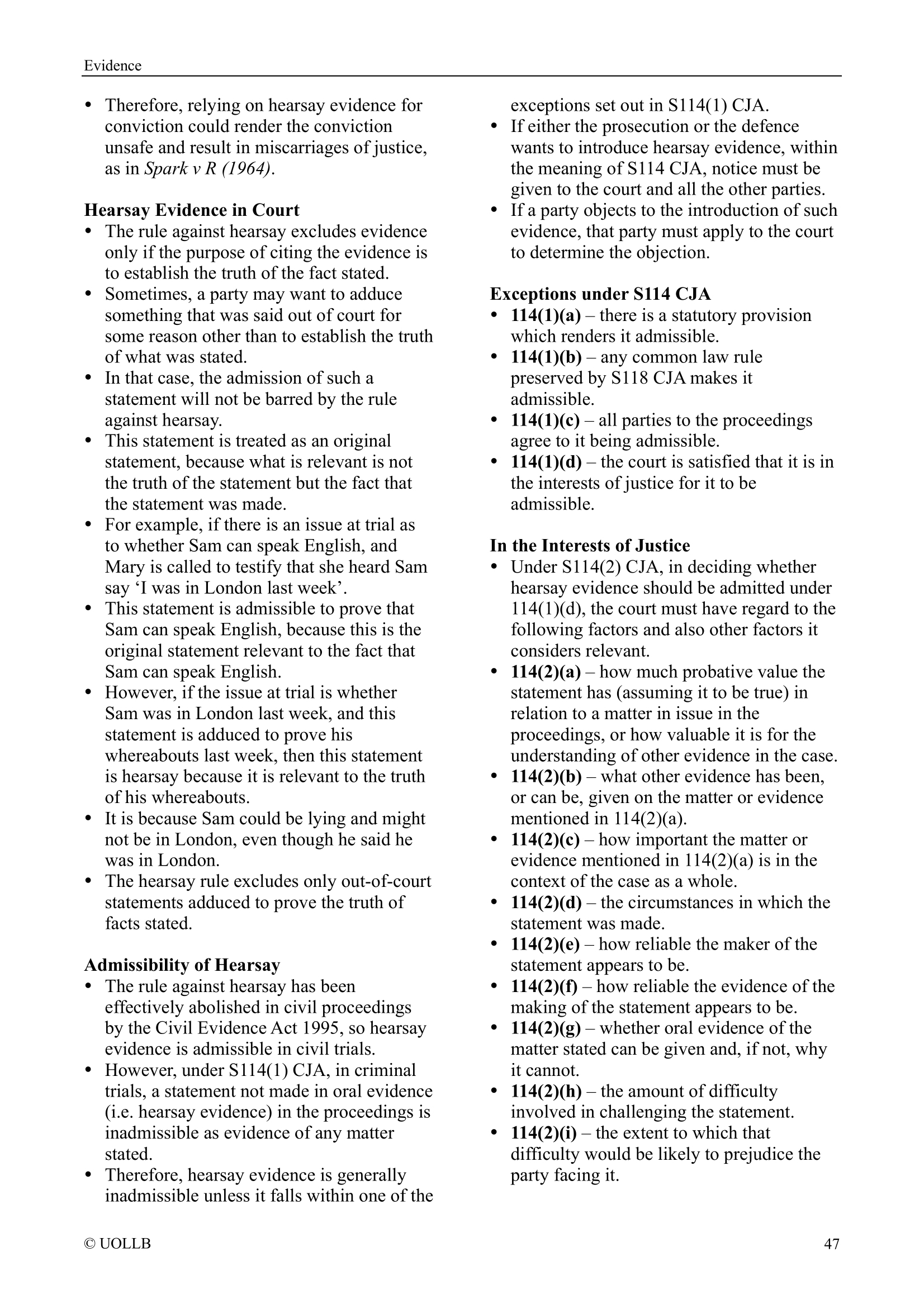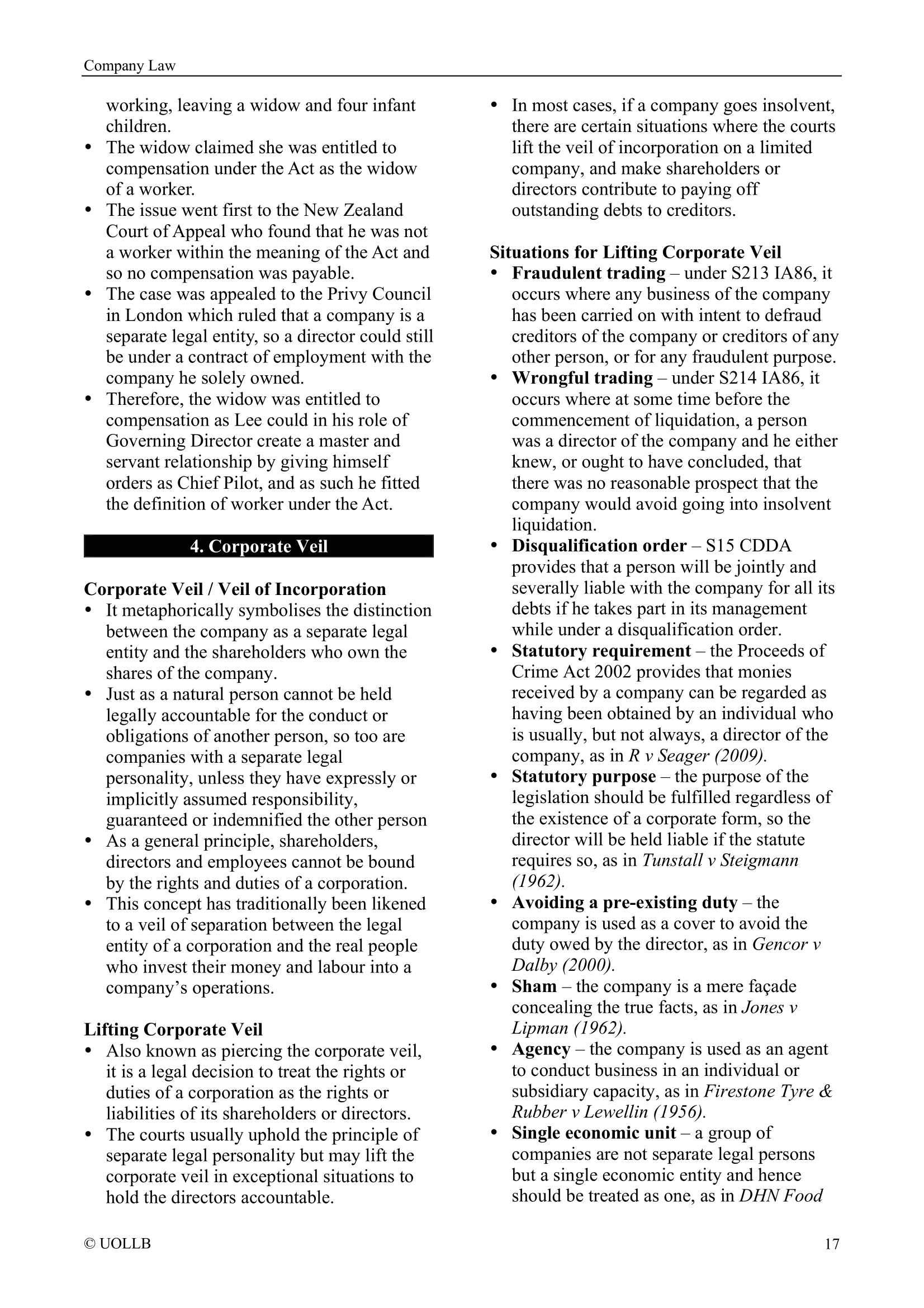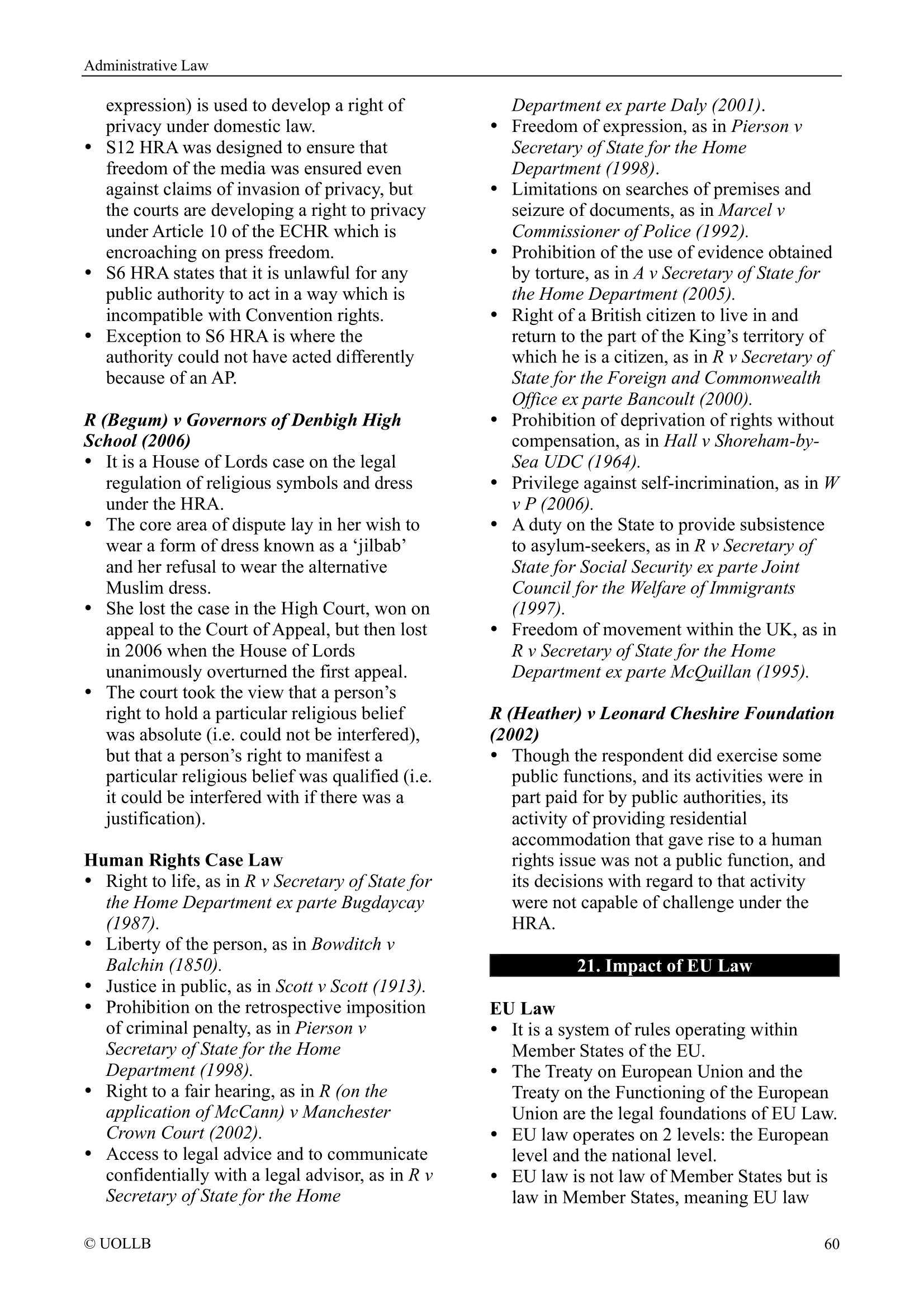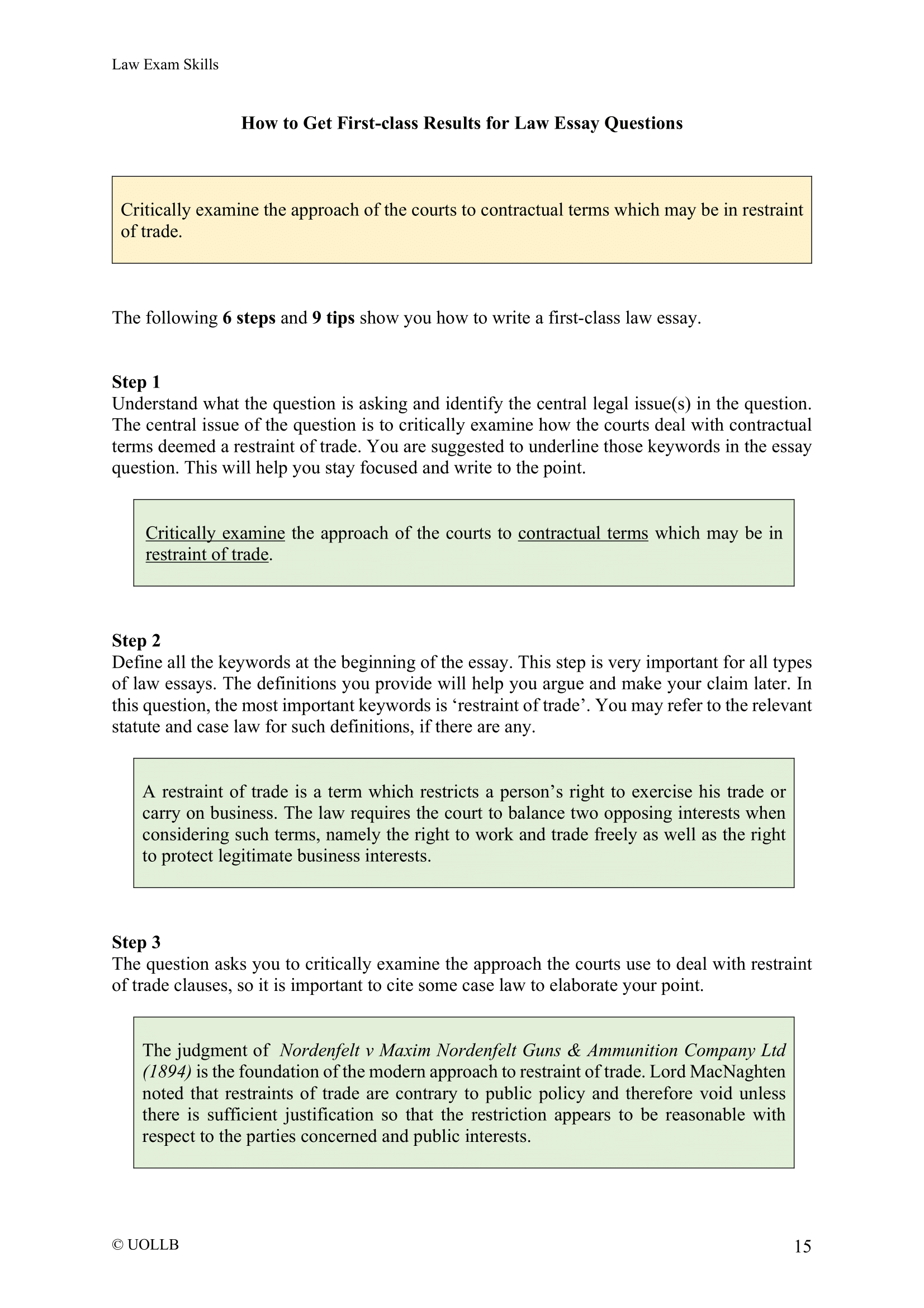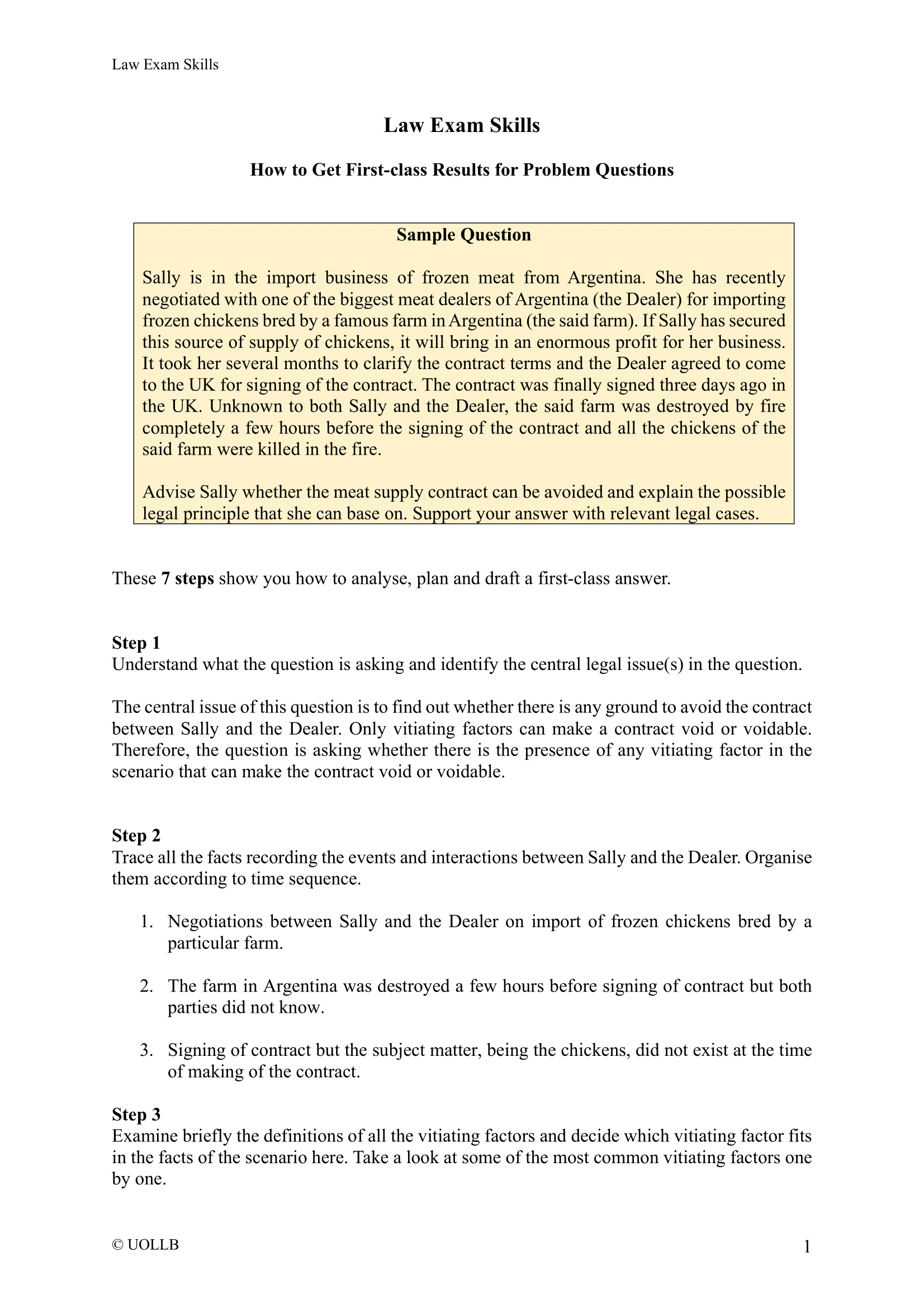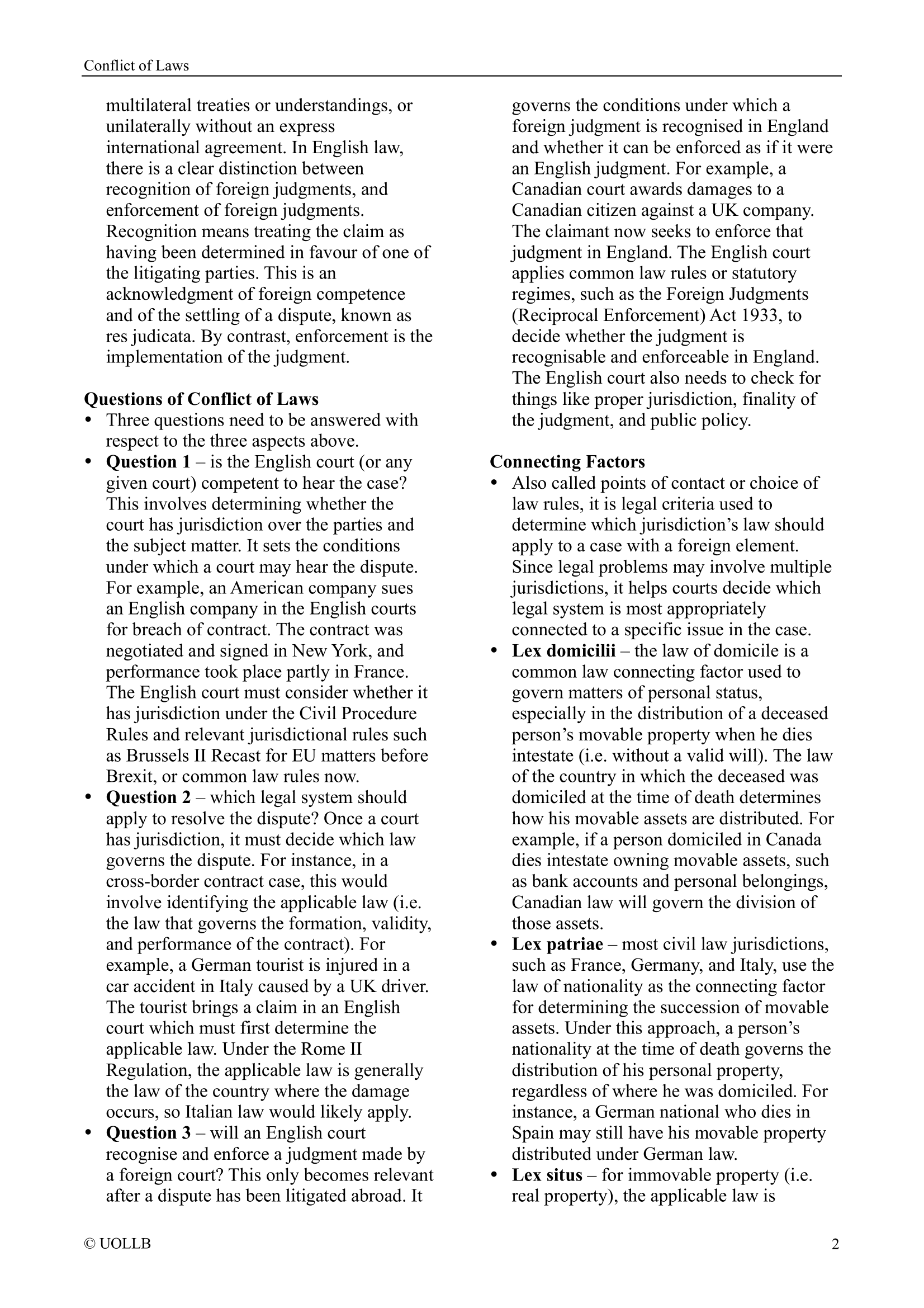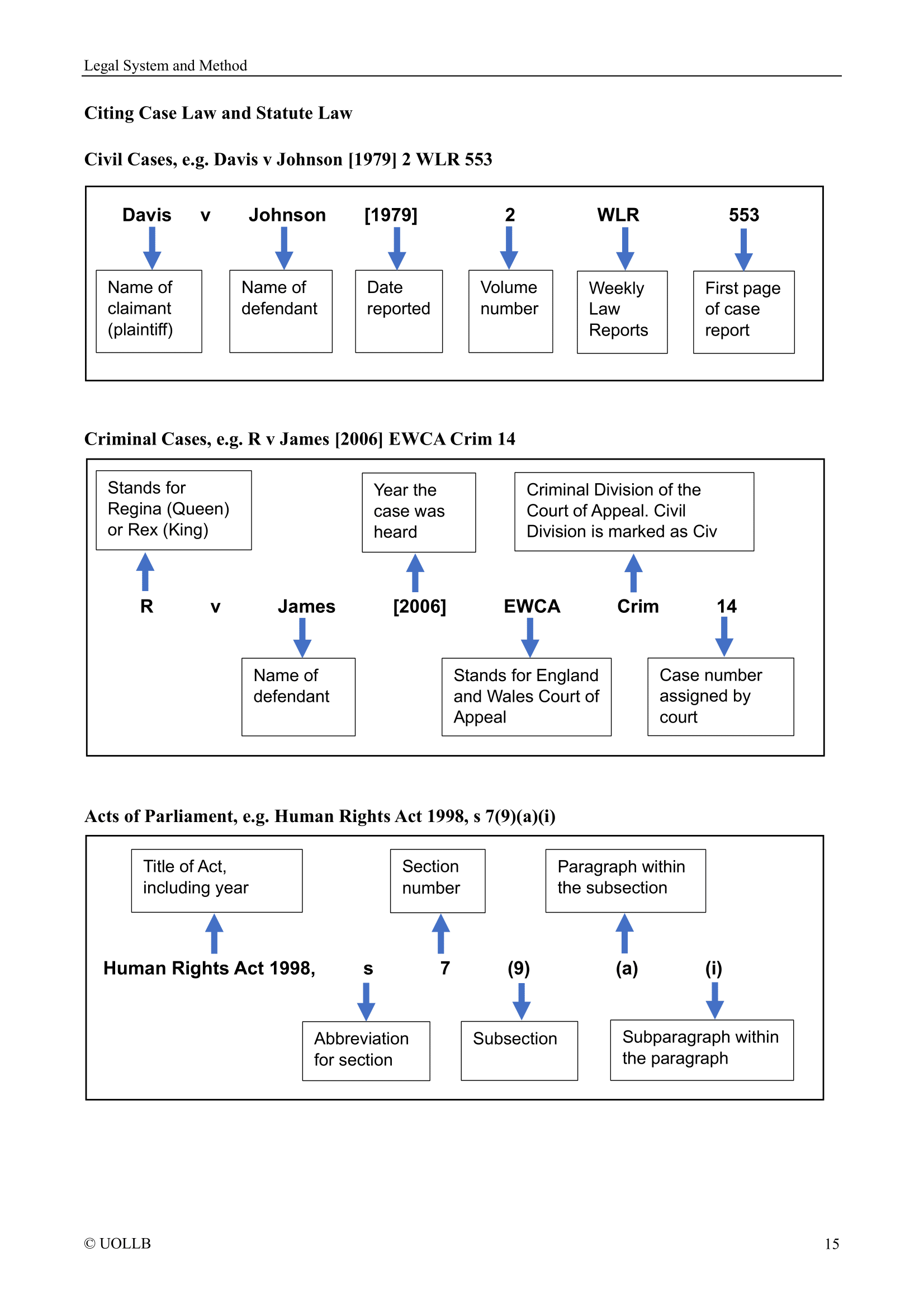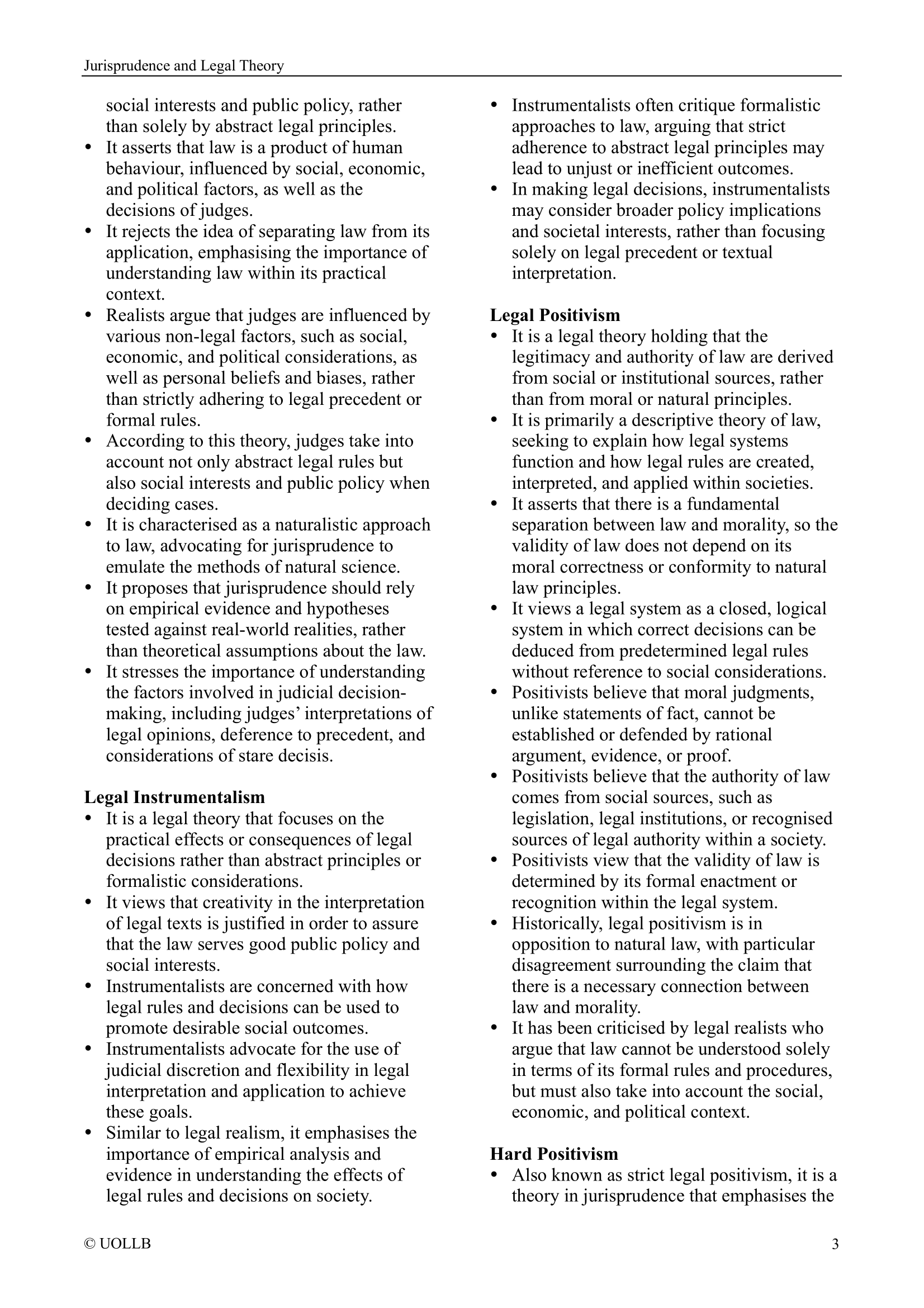How to Use Hyphens, Em Dashes, and En Dashes?
Share
Hyphens, em dashes, and en dashes are all punctuation marks used in writing, but they serve different purposes and have distinct lengths.
Hyphen (-)
The hyphen is the shortest of the three marks and is primarily used to join words together or separate syllables in a single word. It is often used to create compound words or to indicate that two or more words are functioning as a single adjective.
Examples
Compound words: mother-in-law, self-esteem, two-thirds
Syllable separation: com-mon, hel-lo
En Dash (–)
The en dash is longer than a hyphen but shorter than an em dash. It is typically used to indicate ranges of values, such as numbers, dates, or time. It can also be used to connect related items or elements.
Examples
Number ranges: pages 10–20, 2000–2020
Date ranges: January 1–December 31, 2010–2015
Connection of related Items: New York–London flight
Em Dash (—)
The em dash is the longest of the three marks and is used to set off a phrase or clause that adds additional information, provides emphasis, or creates a strong break in the sentence. It can replace parentheses or commas for this purpose.
Examples
Additional Information: My friend—whose name is Sarah—is coming over.
Emphasis: The decision—made after much deliberation—was final.
Strong break: The car screeched to a halt—just in time.
In summary, understanding the differences between hyphens, en dashes, and em dashes and using them correctly can enhance the clarity and precision of your writing.
Hyphen (-)
The hyphen is the shortest of the three marks and is primarily used to join words together or separate syllables in a single word. It is often used to create compound words or to indicate that two or more words are functioning as a single adjective.
Examples
Compound words: mother-in-law, self-esteem, two-thirds
Syllable separation: com-mon, hel-lo
En Dash (–)
The en dash is longer than a hyphen but shorter than an em dash. It is typically used to indicate ranges of values, such as numbers, dates, or time. It can also be used to connect related items or elements.
Examples
Number ranges: pages 10–20, 2000–2020
Date ranges: January 1–December 31, 2010–2015
Connection of related Items: New York–London flight
Em Dash (—)
The em dash is the longest of the three marks and is used to set off a phrase or clause that adds additional information, provides emphasis, or creates a strong break in the sentence. It can replace parentheses or commas for this purpose.
Examples
Additional Information: My friend—whose name is Sarah—is coming over.
Emphasis: The decision—made after much deliberation—was final.
Strong break: The car screeched to a halt—just in time.
In summary, understanding the differences between hyphens, en dashes, and em dashes and using them correctly can enhance the clarity and precision of your writing.
